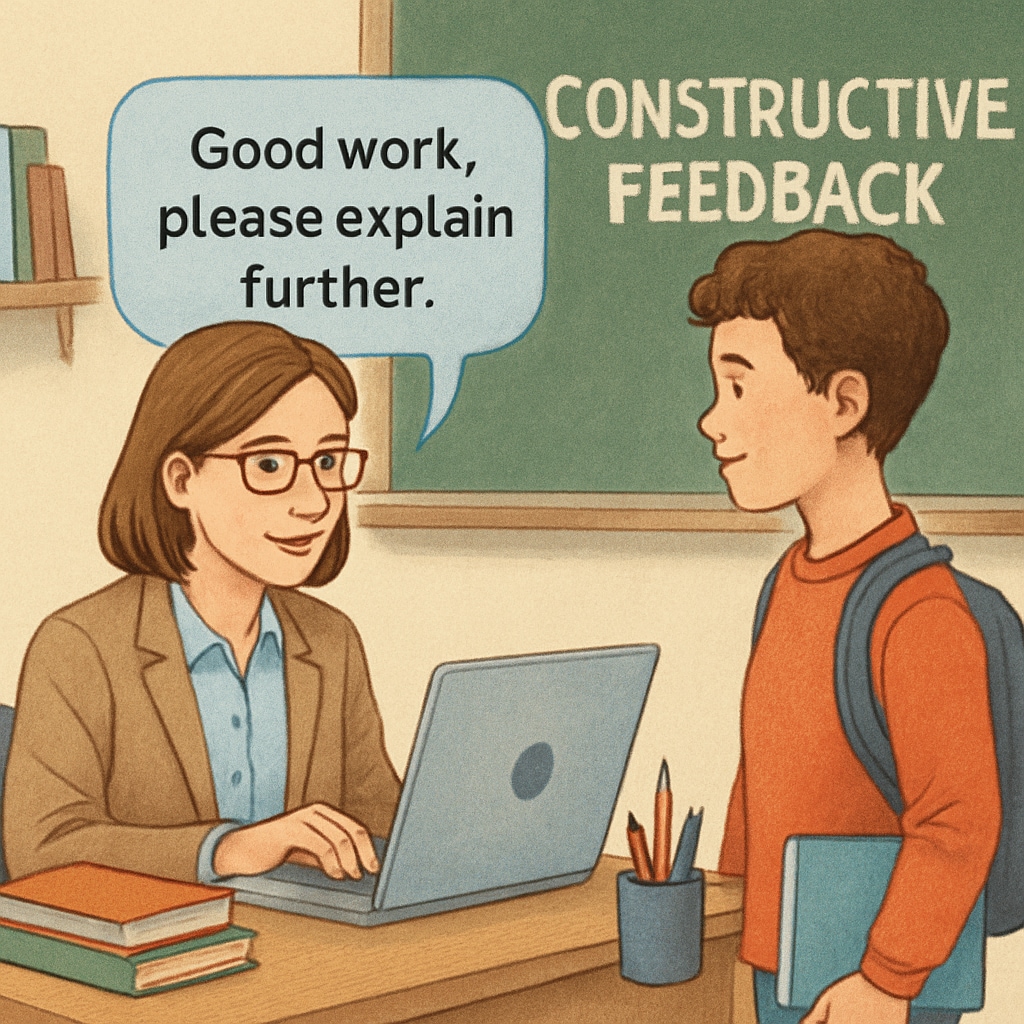In today’s K12 education landscape, teachers are often overwhelmed with administrative tasks, leaving less time to focus on their core mission: teaching. The integration of speech-to-text technology, such as WillowVoice, offers a transformative solution to this challenge. By streamlining processes like student feedback, lesson planning, parent communication, and Individualized Education Program (IEP) documentation, WillowVoice allows educators to reclaim valuable time and energy. This article delves into how speech-to-text technology is reshaping workflows in education, boosting teacher efficiency while reducing administrative burdens.
Revolutionizing Feedback with Speech-to-Text Tools
Providing timely and detailed feedback to students is a cornerstone of effective teaching. However, the traditional method of writing or typing comments can be both repetitive and time-consuming. Speech-to-text technology enables teachers to quickly dictate their thoughts, which are then transcribed into clear, professional text. Tools like WillowVoice allow educators to personalize feedback while significantly reducing the time spent on this task.

For example, instead of typing individual remarks for each student, a teacher can use voice commands to insert commonly used phrases or dictate specific feedback. This approach not only enhances productivity but also ensures that feedback remains consistent and meaningful. As a result, teachers can spend more time engaging with students in the classroom.
Streamlining Lesson Planning and Collaboration
Lesson planning often involves brainstorming, documenting ideas, and aligning with curriculum standards—a process that can be streamlined with speech-to-text tools. WillowVoice supports teachers in capturing their thoughts on the go, transforming spoken ideas into organized lesson plans. This flexibility allows educators to plan more creatively and effectively.
In addition, collaborative planning becomes easier when speech-to-text tools are integrated. Educators can use WillowVoice to share transcribed ideas with colleagues in real time, fostering teamwork and reducing the need for lengthy meetings. This promotes a more dynamic and efficient workflow within teaching teams.

Enhancing Parent Communication and Building Trust
Regular communication with parents is essential for fostering trust and ensuring student success. However, drafting emails, preparing parent-teacher conference notes, or recording updates can be labor-intensive. Speech-to-text technology simplifies these tasks by enabling teachers to dictate messages that are instantly converted to text.
For instance, teachers can use WillowVoice to quickly draft personalized emails or document notes during parent meetings. This ensures that communication remains professional and timely, while also reducing the effort required. Parents benefit from clearer, more consistent updates, which strengthens their collaboration with teachers.
Effortless IEP Documentation and Compliance
Special education teachers often face the additional challenge of managing detailed IEPs for students. These documents require accuracy, thoroughness, and compliance with legal standards. Speech-to-text tools like WillowVoice can simplify the process by allowing educators to dictate observations, goals, and progress updates directly into the required format.
Moreover, the tool’s ability to recognize and adapt to industry-specific terminology ensures that IEPs are both precise and professional. By reducing the time spent on documentation, teachers can better focus on meeting the unique needs of their students.
Looking Ahead: Technology and Education
As speech-to-text technology continues to evolve, its potential applications in education will only expand. Tools like WillowVoice demonstrate how innovation can directly address the pain points faced by educators, empowering them to prioritize teaching over administration. By embracing such solutions, schools can create an environment where both teachers and students thrive.
Readability guidance: Use short paragraphs and lists to summarize key points; aim for clarity and flow. Avoid overuse of passive voice and long sentences. Ensure transitions like “however,” “therefore,” and “for example” are evenly distributed for coherence.


